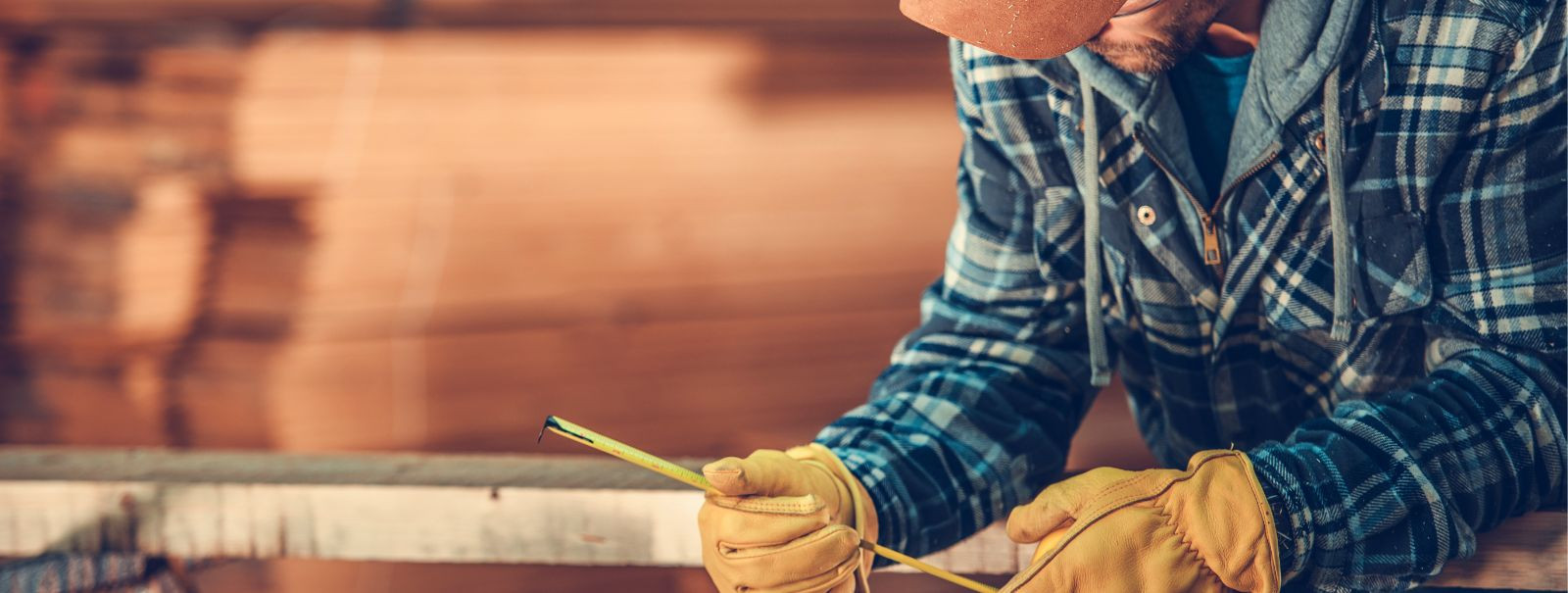Sustainable woodcraft: balancing elegance and ecology
As the world becomes increasingly aware of the environmental impacts of human activity, sustainability has become a critical aspect of every industry, including woodworking. Sustainable woodcraft is not just a trend; it's a necessary shift in how we create and appreciate wood products. It's about ensuring that the beauty we craft today doesn't come at the expense of tomorrow's forests.
Sustainable woodcraft combines traditional woodworking skills with a commitment to environmental stewardship. It involves the use of responsibly sourced materials, eco-friendly production methods, and designs that minimize waste and maximize longevity.
The Intersection of Artistry and Environmental Responsibility
Choosing the right wood is the cornerstone of sustainable woodcraft. Woods that are certified by organizations such as the Forest Stewardship Council (FSC) ensure that products come from responsibly managed forests that provide environmental, social, and economic benefits.
Eco-friendly woodcraft techniques include using non-toxic finishes, recycling wood shavings and sawdust, and employing energy-efficient tools and machinery. These practices not only reduce the ecological footprint but also create healthier work environments.
Designs in sustainable woodcraft are often inspired by the natural forms and inherent beauty of the wood itself. This approach not only celebrates the material but also encourages designs that are timeless and reduce the need for replacement or disposal.
Benefits of Sustainable Woodcraft
By using sustainable materials and methods, woodcraft can significantly reduce its impact on the environment. This includes less deforestation, reduced carbon emissions, and a smaller waste footprint.
Sustainable woodcraft prioritizes quality and durability, resulting in products that last longer and reduce the need for frequent replacements. This not only saves resources but also tells a story of quality over time.
Using natural, non-toxic materials and finishes contributes to better indoor air quality and reduces exposure to harmful chemicals, benefiting both the craftsmen and the end-users.
Challenges in Sustainable Woodcraft
Finding suppliers that provide ethically sourced wood can be challenging. It requires diligence and sometimes a willingness to pay a premium for materials that meet high environmental and social standards.
Understanding and navigating the various certifications and standards for sustainable woodcraft can be complex, but it's essential for ensuring that practices are genuinely eco-friendly.
While sustainable practices can sometimes be more expensive upfront, they often lead to long-term savings and greater value for both the producer and the consumer.






Comments (0)